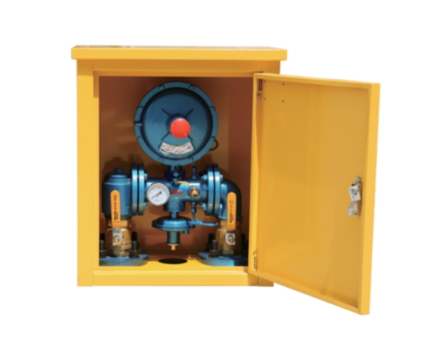
Nov . 13, 2024 19:45
Back to list
pneumatic valve
Understanding Pneumatic Valves Functionality and Applications
Pneumatic valves play a crucial role in various industrial applications, utilizing compressed air to regulate the flow and direction of air, liquids, or gases within a system. These valves are essential components in pneumatic systems, which operate on the principle of fluid power, offering efficient solutions for automation and control.
At the core of pneumatic systems, valves serve several key functions, such as starting, stopping, and controlling the flow of air. They are designed to manage the direction, pressure, and volume of compressed air, allowing machines to perform a variety of tasks with precision. The most common types of pneumatic valves include directional control valves, pressure control valves, and flow control valves.
Directional Control Valves are perhaps the most widely recognized pneumatic valves. They dictate the path that the compressed air will take through a circuit. Typically marked by numbers, directional control valves can be two-way, three-way, or four-way. For example, a three-way valve can direct airflow to either one of two outputs or serve as a vent. These valves are crucial in applications such as cylinder operation, where they determine whether a piston moves forward or backward.
Pressure Control Valves help maintain a consistent pressure within the pneumatic system. These valves automatically adjust the amount of compressed air entering or leaving a chamber, ensuring safe and efficient operation. By preventing pressure from exceeding defined limits, they protect equipment from potential damage and ensure optimal performance.
pneumatic valve

Flow Control Valves specialize in regulating the speed of airflow through a system. By adjusting the size of the opening through which air passes, these valves influence the rate at which actuators move. This is particularly important in applications requiring precise control over machinery speeds, such as robotic arms or assembly lines.
Pneumatic valves can be operated manually, electrically, or pneumatically. The choice of actuator depends on the specific needs of the application, whether it requires quick, automated responses or controlled manual operation.
The benefits of pneumatic valves are manifold. They are known for their reliability, fast response times, and minimal maintenance requirements. These valves can also be configured in various ways to suit different applications, providing versatility across industries such as manufacturing, automotive, and food processing.
In summary, pneumatic valves are integral to modern automation, providing critical control over pneumatic systems. With their various types and applications, they contribute significantly to increasing operational efficiency and improving safety in industrial environments. Understanding the functionalities and benefits of these valves helps businesses optimize their processes and harness the full potential of pneumatic technology.
Next:
Latest news
-
Safety Valve Spring-Loaded Design Overpressure ProtectionNewsJul.25,2025
-
Precision Voltage Regulator AC5 Accuracy Grade PerformanceNewsJul.25,2025
-
Natural Gas Pressure Regulating Skid Industrial Pipeline ApplicationsNewsJul.25,2025
-
Natural Gas Filter Stainless Steel Mesh Element DesignNewsJul.25,2025
-
Gas Pressure Regulator Valve Direct-Acting Spring-Loaded DesignNewsJul.25,2025
-
Decompression Equipment Multi-Stage Heat Exchange System DesignNewsJul.25,2025

